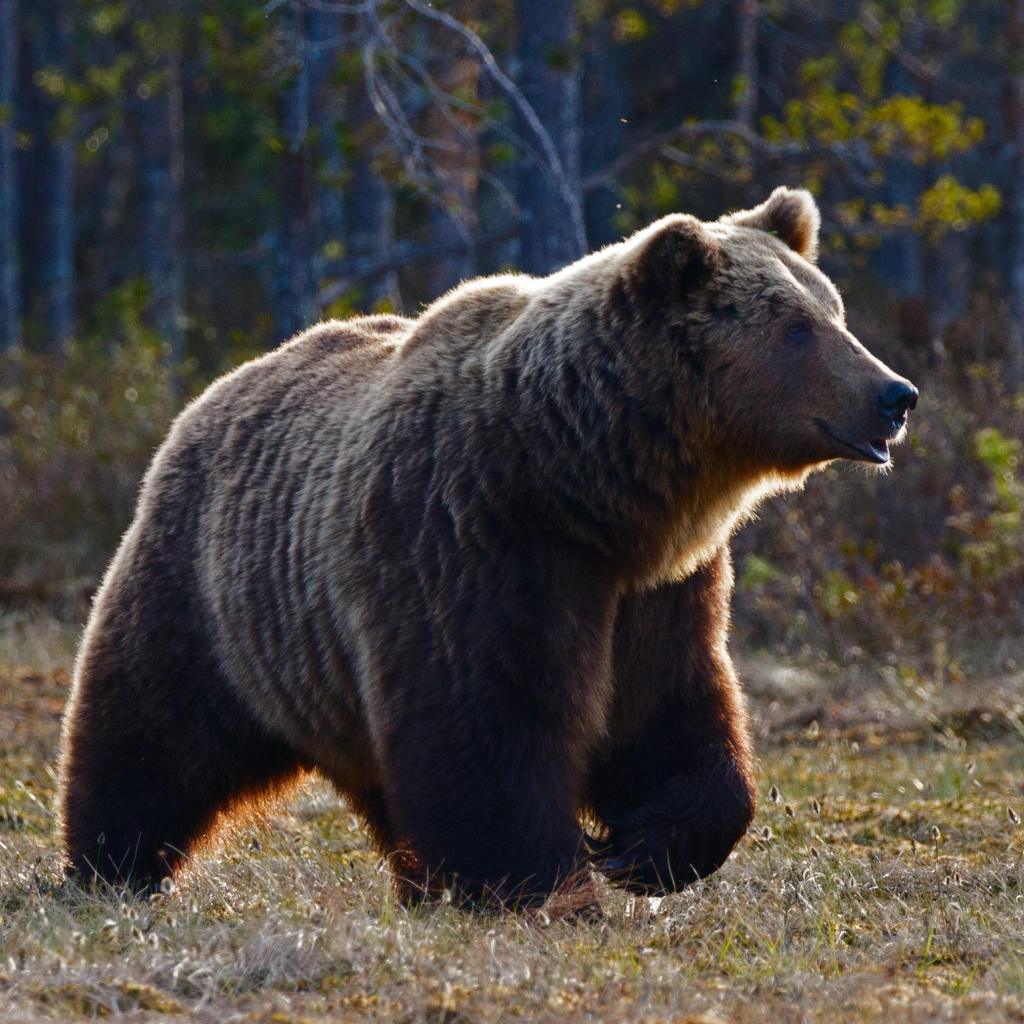“Nothing will guarantee your safety in bear country”. That was the opening line of the first article I read about how to behave in bear country, and it’s the gist of every other article I have read since then. Information gathering is usually my number one tool for overcoming worries. It hasn’t worked on this occasion.
They can charge at 44 mph, climb trees at top speed and smell food from miles away. Anything I can do, a bear can do better.
And, I need to know my grizzlies from my black bears because they play by different rules. If a black bear approaches my camp, I’m meant to shout, bang pots together and wave my arms around, perhaps lob some rocks at it. A grizzly, however, should be spoken to calmly as I avoid eye contact and back away slowly. Never try to move a grizzly bear.


Avoiding close encounters is the way forward and there are lots of things I can do to help with this. I’ll be storing all my food, toiletries and rubbish in a special bear-resistant canister. There’ll be no cooking or eating anywhere near my tent, that’ll happen downwind and far away. Only nice open spaces will be considered for camping spots and, when on the move, I’ll be making plenty of noise. No bear surprises, please.
I have only seen a bear once, a fleeting glimpse of a black bear in Big Bend National Park, Texas. A persistent snuffling noise emanating from a bush beside the path got my spider senses tingling. Then a bear poked his head out, looked around and vanished back into the bush. Fingers crossed any future bear encounters are of a similar nature — brief and peaceful.

Surely dressed as a gray whale you will scare them away?
LikeLike
It would definitely confuse them. You make a gray whale outfit I can cycle in and I’ll consider it as an anti-bear strategy.
LikeLike